Life without Enzo
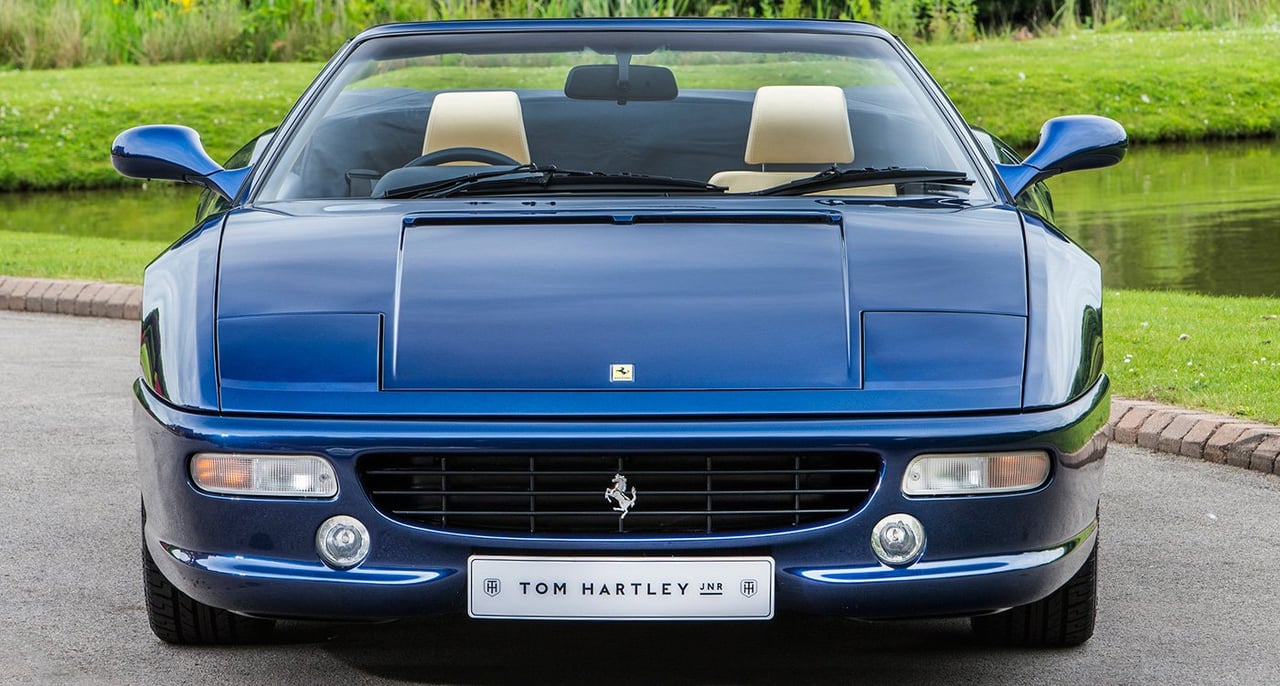
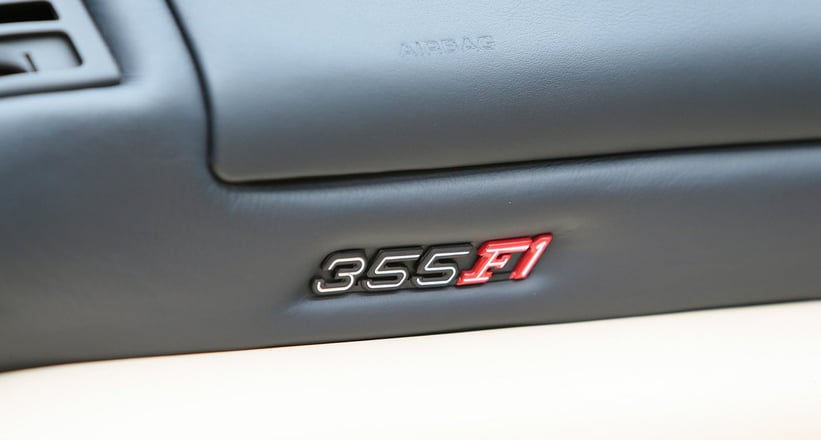
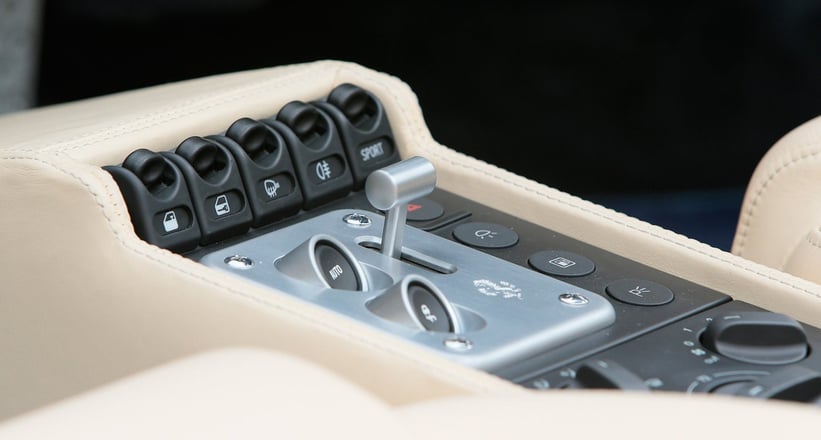
It’s fair to say that the 348 wasn’t Ferrari’s finest hour; it was perhaps the most tangible evidence of Il Commendatore’s direct influence on the road machines, and just how much it was missed when he departed. At Geneva 1994, its replacement finally arrived in the form of the F355, and production started later that year. “I remember collecting the very first car delivered to the UK with my father,” says Tom Hartley Jnr., whose new company is currently offering the Spider pictured here. “The difference between that and the 348 was simply incredible.”
Minor changes, maximum effect
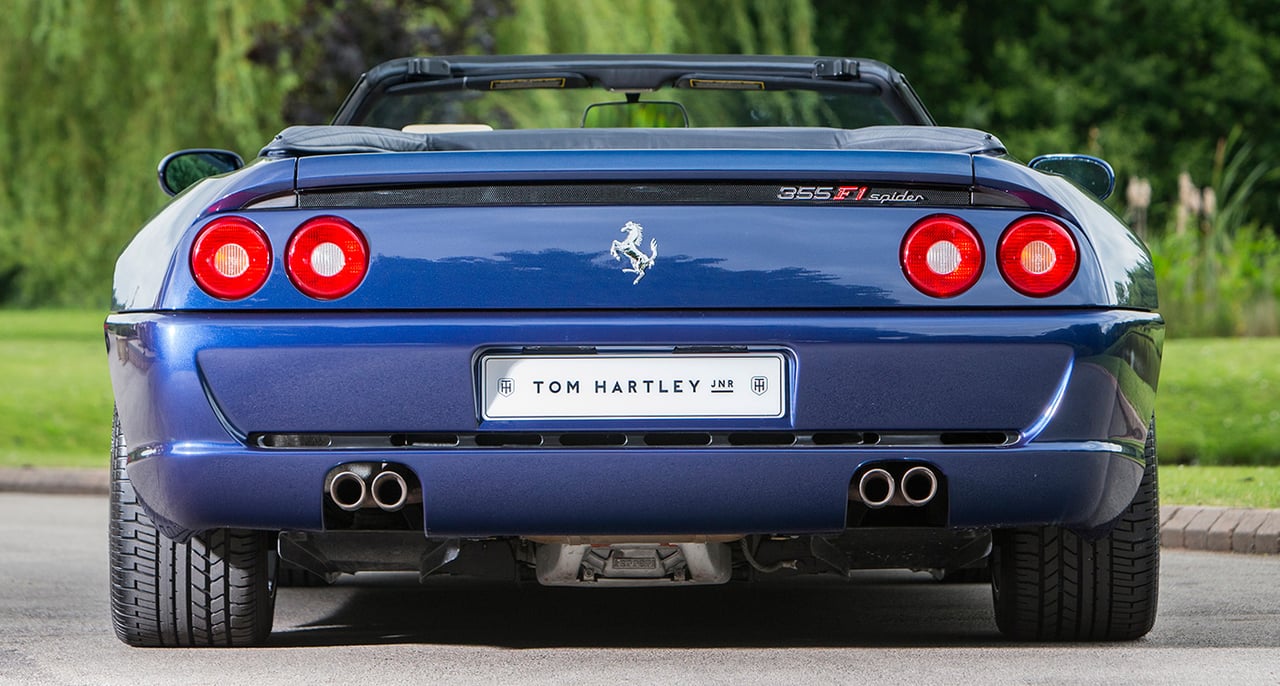
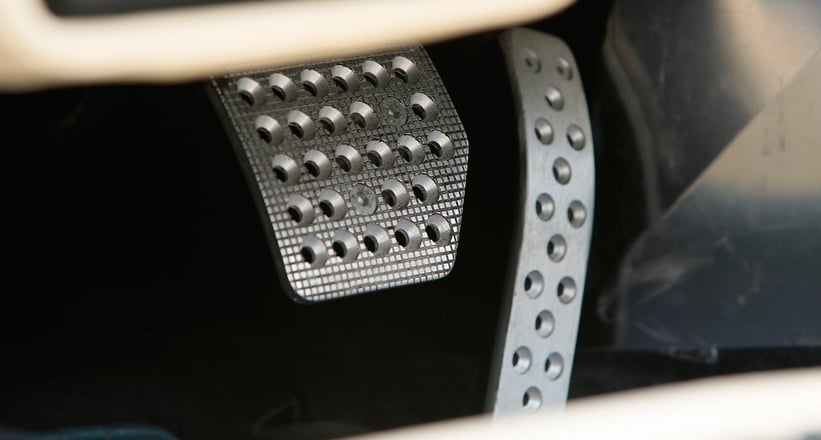
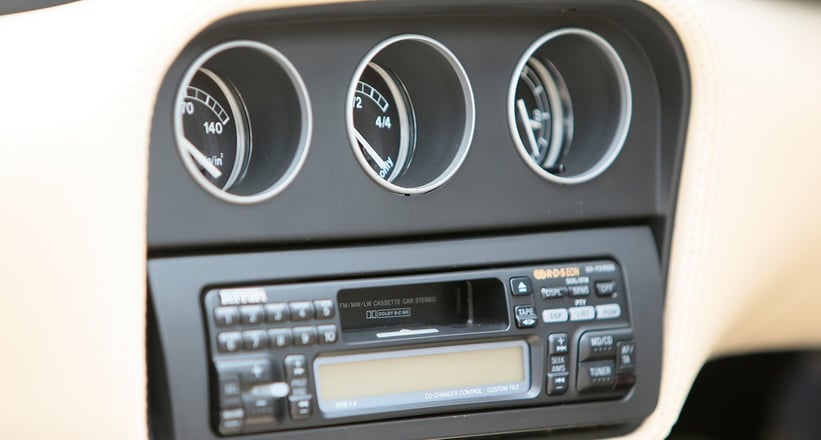
Inheriting the proportions of its predecessor, the Ferrari F355 was outwardly a much better-resolved proposition, both aesthetically and aerodynamically. But beneath the smoother skin were further major advancements, including power steering (feelsome, if a little slow), variable damping, and a 100cc engine enlargement to 3.5 litres. In revised form, the now-375bhp V8 revved out to 8,500rpm and, even more impressively, conjured more bhp per litre than the V12 in the McLaren F1. “It was also the first truly reliable Ferrari,” adds Hartley Junior. “Unlike the Testarossa and 348, you could invariably put one in for a routine service without being hit with an astronomical bill.”
As one era was beginning, another was coming to an end: it was to be the last of the breed to be hand-built, with the 360 and later descendants moving to mass production. “Perhaps this is why it’s similar to the F40 and F50 in the way it follows the trends of the classic car market,” ponders Hartley Junior. “In recent years, values of the 355 have climbed 25-30% – influenced somewhat by the 328 GTS – and I think this will continue to be the case. I can see this particular example being a quarter-of-a-million-pound car within the next 10 years.”
The sweet spot
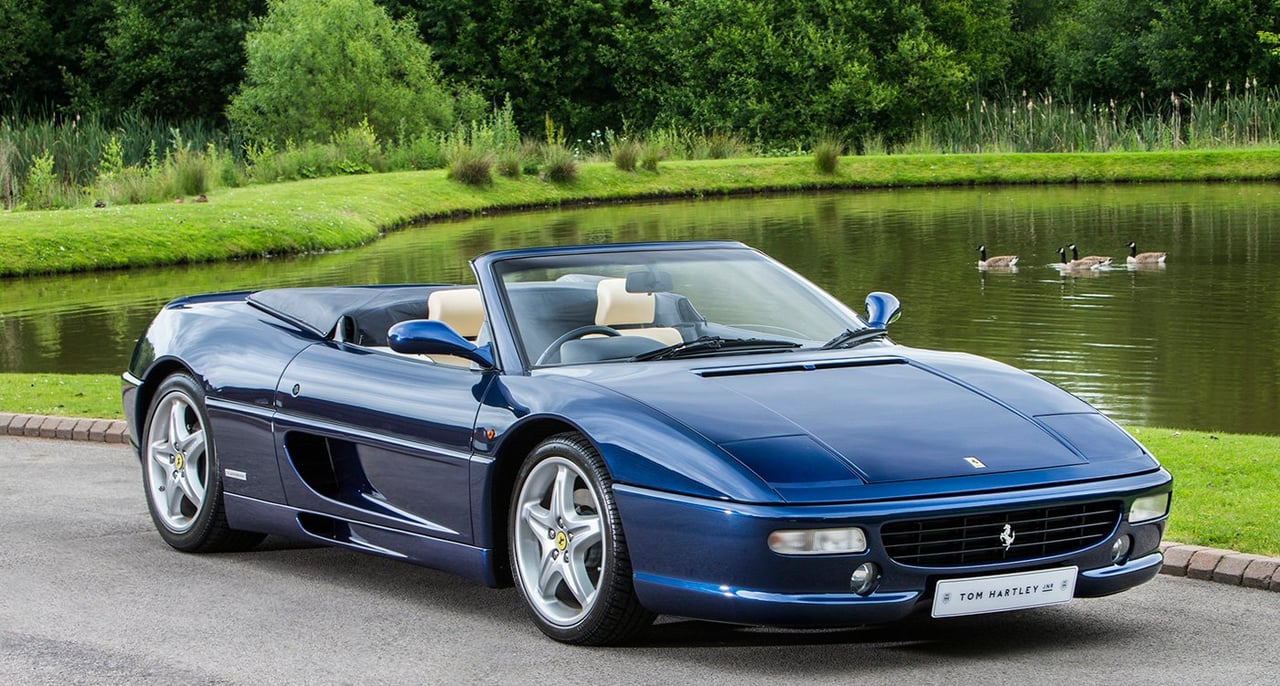
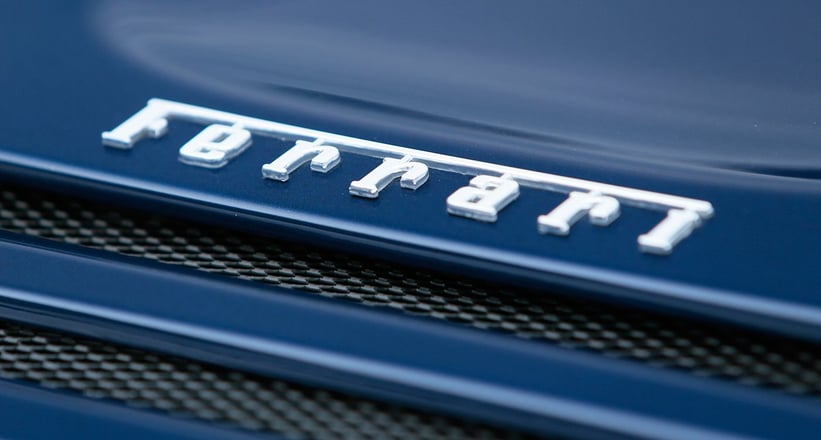
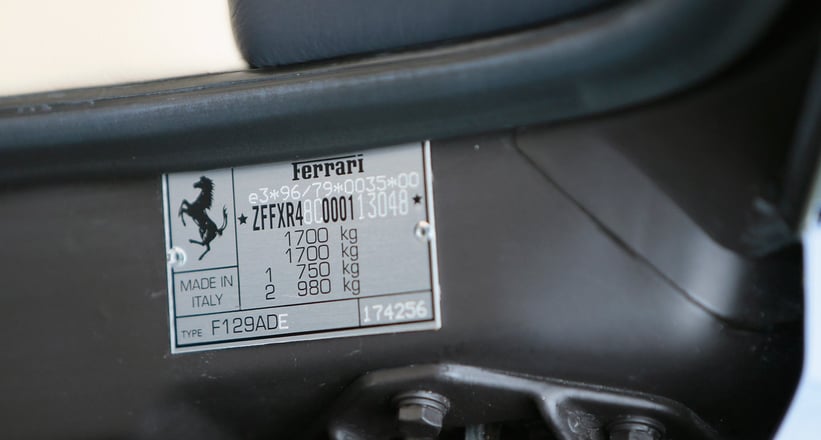
Values appear to be more dependant on wider-market factors such as condition, history and mileage, as opposed to bodystyle (GTB Coupé, GTS Targa or Spider) or gearbox configuration (the F355 was the first road car to offer an ‘F1’ paddleshift transmission alongside the traditional chrome-gated manual). The modern price parity of the latter perhaps summarises the F355 best: it was a sweet spot in the transition from ‘analogue’ to ‘digital’, blending timeless looks and an honest character with just enough modern influence to make it a tempting proposition today.
Photos: Tom Hartley Jnr.














